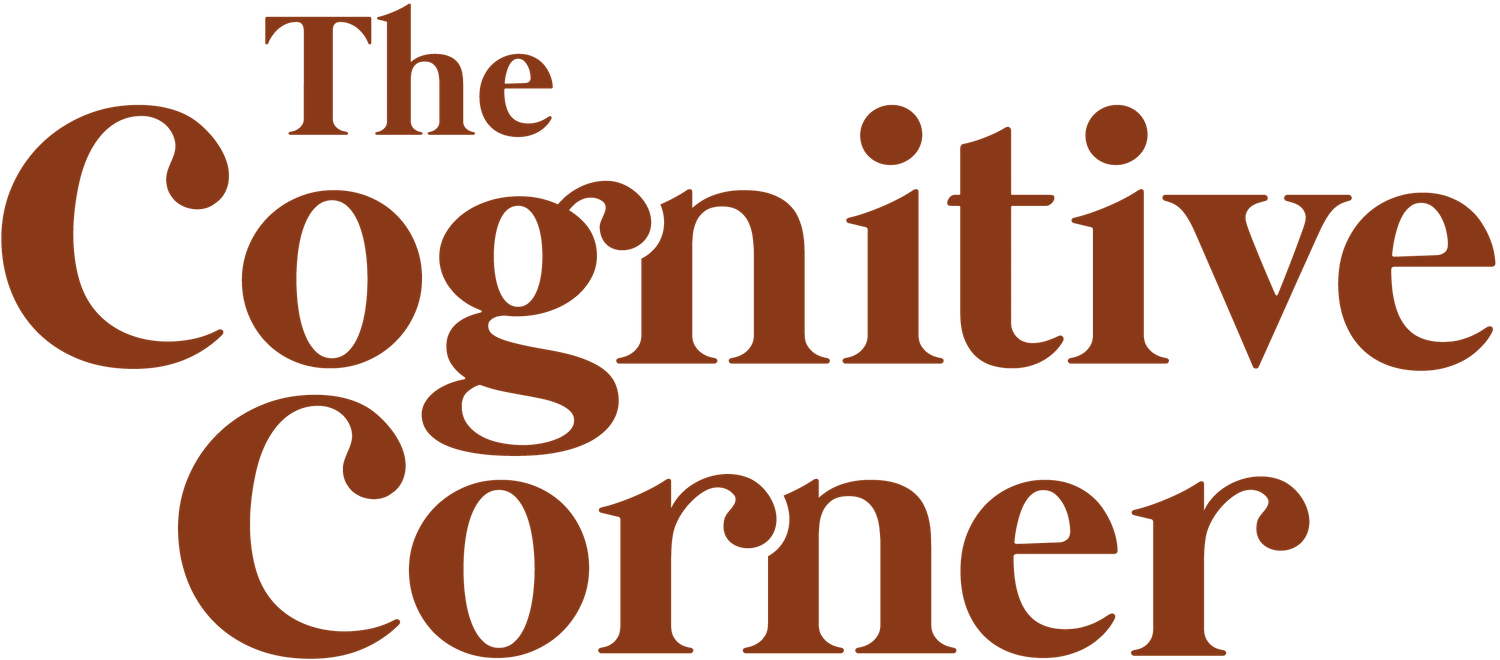Grounding Techniques as a Tool: Reducing Stress and Anxiety
Stress and anxiety can often be hard to manage, and sometimes in the moment, it’s hard to know what to do. Grounding techniques allow you to bring your focus back to the present, acting as an anchor! Knowing some of these techniques can be helpful on a day-to-day basis and is good to have in your toolkit.
In this post, we address the importance of calming strategies like these, when to use them, examples, and more to ensure that you are prepared in those anxious and stressful moments!
What are Grounding Techniques and Why are They so Important?
Grounding practices are tools that help you focus on the present when feeling heightened stress or anxiety! They are designed to help you self-regulate when emotions are high. Often in times of stress and/or anxiety, our brain perceives that as a threat, and grounding helps you calm down and reconnect with your surroundings!
These techniques can also help prevent you from entering a spiral, when it becomes harder to reconnect with yourself.
Who Can Benefit from Grounding Techniques?
While everyone can benefit from these techniques, they can be very helpful for individuals dealing with the following:
Generalized Anxiety Disorder (GAD)
Panic Disorder (PD)
Depression
When Should You Use Grounding Techniques?
Grounding techniques can be used for a variety of reasons. Here are some examples to better understand the usefulness:
Moments You Know Cause Anxiety: if you have something you know will heighten your anxiety, these techniques can help reduce anxiety prior to that. An example could be public speaking or presentations.
Feeling Disoriented: if you feel disconnected from yourself, these techniques can help you reconnect with your body.
Tough Memories: sometimes, memories can be triggered by your environment, and when this happens our brain can perceive this as a threat. These techniques can help differentiate between the “then” and “now”.
Panic Attacks: if you are having a panic attack, having these techniques in your toolkit can help bring you back to the present and prevent you from spiraling further.
Day-to-Day Stressors: whether it is school, work, or something else, daily stressors come up, and knowing quick techniques to ground yourself helps you remain focused on what is happening in the present.
What are some Examples of Grounding Techniques?
There are many different strategies for anxiety and stress relief. We’ve compiled a list of some of the most common for you to lean on when needed:
Emotional Freedom Technique (EFT): this technique involves tapping pressure points. Try tapping your 2 fingertips on pressure points on your hand, head, and torso. In the center of your head, on your nose, and on the sides of your eye are a few examples!
Butterfly Hug: start by crossing your arms over your chest. Ensure your hands are on your collarbones and your fingertips point toward your shoulders. In an alternating motion, tap each hand while taking deep breaths.
5-4-3-2-1 Technique: list the things you notice with your 5 senses. Typically, you list 5things you can see, 4 you can touch, 3 you can hear, 2 you can smell, and 1 you can taste. This helps you refocus!
Breathing Exercises: try to focus on taking deep and intentional breaths. An example of this technique would be “boxed breathing” where you breathe in for 4 seconds, hold for 4 seconds, breathe out for 4 seconds, and hold for 4 seconds again. You can repeat this as needed!
Taste: have a mint candy or sour candy as this can distract you/take attention away from the anxiety or stress you are feeling!
Physical Grounding: reconnect with your environment by going for a walk or moving your body. Examples of this could be doing some jumping jacks or doing yoga.
Conversation: if other people are around, try to engage in conversation. This diverts attention away from the anxiety and stress you may be experiencing.
Visualization: picture a place that makes you feel calm, safe, and relaxed. This could be your home, a beach, etc. This helps your mind stay present and reduce the perceived threat.
Connect With Pets: if you have a pet, like a cat or dog, it provides comfort. Try petting them or playing with them when you feel anxious or stressed!
Conclusion:
Being aware of different techniques and tools is very useful in helping alleviate anxiety and stress! Grounding exercises don’t often take a lot of time; however, they go a long way in supporting your mental health!
Remember, even though managing stress and anxiety can be challenging, the above techniques can be used on a day-to-day basis to support!
If you want to explore other strategies or feel you need extra support, therapy is always a great option. Here at TCC, if you are in Canada, we offer free 15-minute consultations with our therapists to ensure you can ask your questions and find a practitioner that best suits your needs!
Resources:
Healthwise Staff (2022, October 20). Emotional freedom technique (EFT). Emotional Freedom Technique (EFT) | HealthLink BC. https://www.healthlinkbc.ca/health-topics/emotional-freedom-technique-eft
Deering, S. (2024, May 21). 13 grounding techniques for anxiety - talkspace. Mental Health Conditions. https://www.talkspace.com/mental-health/conditions/articles/grounding-techniques-anxiety/
Calm Editorial Team. (n.d.). 18 grounding techniques to help relieve anxiety. Calm Blog. https://www.calm.com/blog/grounding-techniques
SF Stress & Anxiety Center. (2022, December 28). Grounding techniques to manage stress and anxiety. https://sfstress.com/grounding-techniques-to-manage-stress-and-anxiety/


